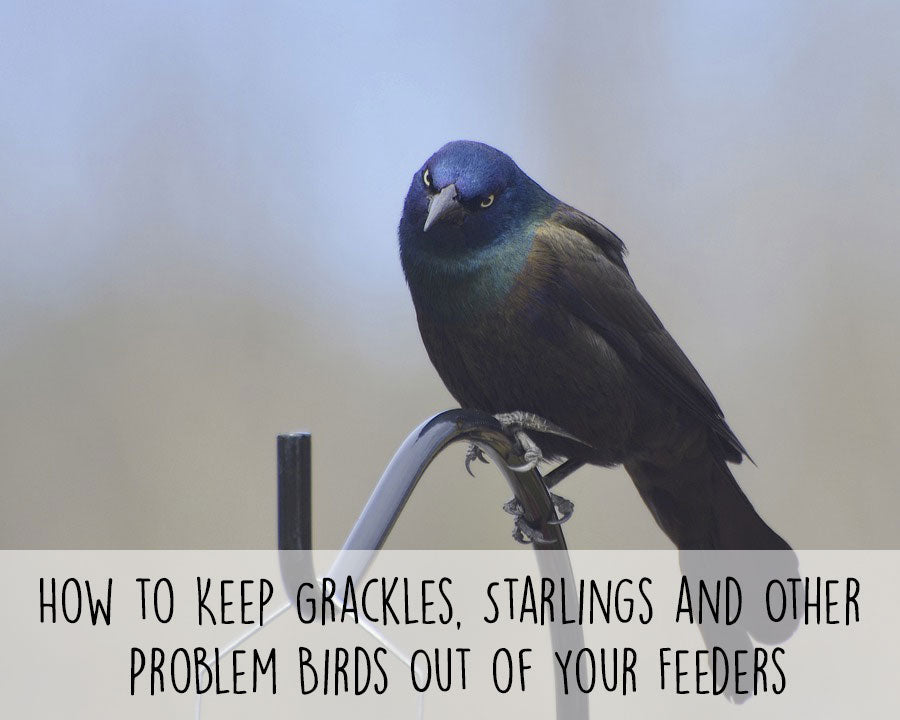Offer
Provide additional details about the offer you're running.
Provide additional details about the offer you're running.
Provide additional details about the offer you're running.

We always like to preface these types of posts by saying that we undoubtedly recognize that not all birders are looking for these types of solutions. Just the same as life in general, we are all a little bit different (that’s what makes us unique!) and here at Gilligallou, we simply try to source and supply the very best in products for all kinds of birders.
While there is a large cohort of birders who enjoy offering seed for all species of birds, there are others that certainly like to limit the amount of seed offered to larger, more aggressive species such as grackles and starlings.
We pride ourselves on creating these pieces of content based on feedback we receive in the store as well as in our online communities. With that in mind, behind deterring squirrels from consuming our backyard bird seed, keeping birds such as starlings and grackles at bay is a topic that more often comes up than not.
Often traveling in large groups, these birds can quickly decimate a bird feeder, leaving very little for smaller birds to enjoy, hence the development of the products noted below. So, if you are looking to equip your yard, or even just a feeder or two, to deter these hungry birds, we’ve curated a list of our products perfectly suited for the job.
Cages
Custom designed cage systems are among your best choices for keeping these large birds at bay. These cages are designed to easily slip overtop of any silo feeder that is 18” in length or shorter and allow access to smaller species such as chickadees, nuthatches, small woodpeckers and many others.
Safflower Seed
Another great alternative to deterring grackles and other large birds is by simply offering a straight safflower seed product. While many small birds will enjoy this different seed, grackles and starlings could take it or leave it. It should be noted that this is not a guaranteed solution as we have seen grackles feasting on it but generally speaking, it does a great job in deterring them to a certain point from devouring your backyard bird seed.
Take the Seed Away
Wait…what? That’s right, we’re telling you to take the feed away! While it might seem counterintuitive, this is perhaps our best solution. We will often get into a rotational pattern with our large platform feeders, removing the entire feeder during daylight hours when many grackles will become accustomed to it being available. As an example, we will pull in our feeders before sunset and keep them stored until the evening of the following day. We’ve found that this break in routine keeps them at bay but does not deter any of our small songbirds from enjoying a snack in the evening hours when available.
What have you found to be useful? Please let us know your experiences and any tips and tricks you might have!
High Quality Blend